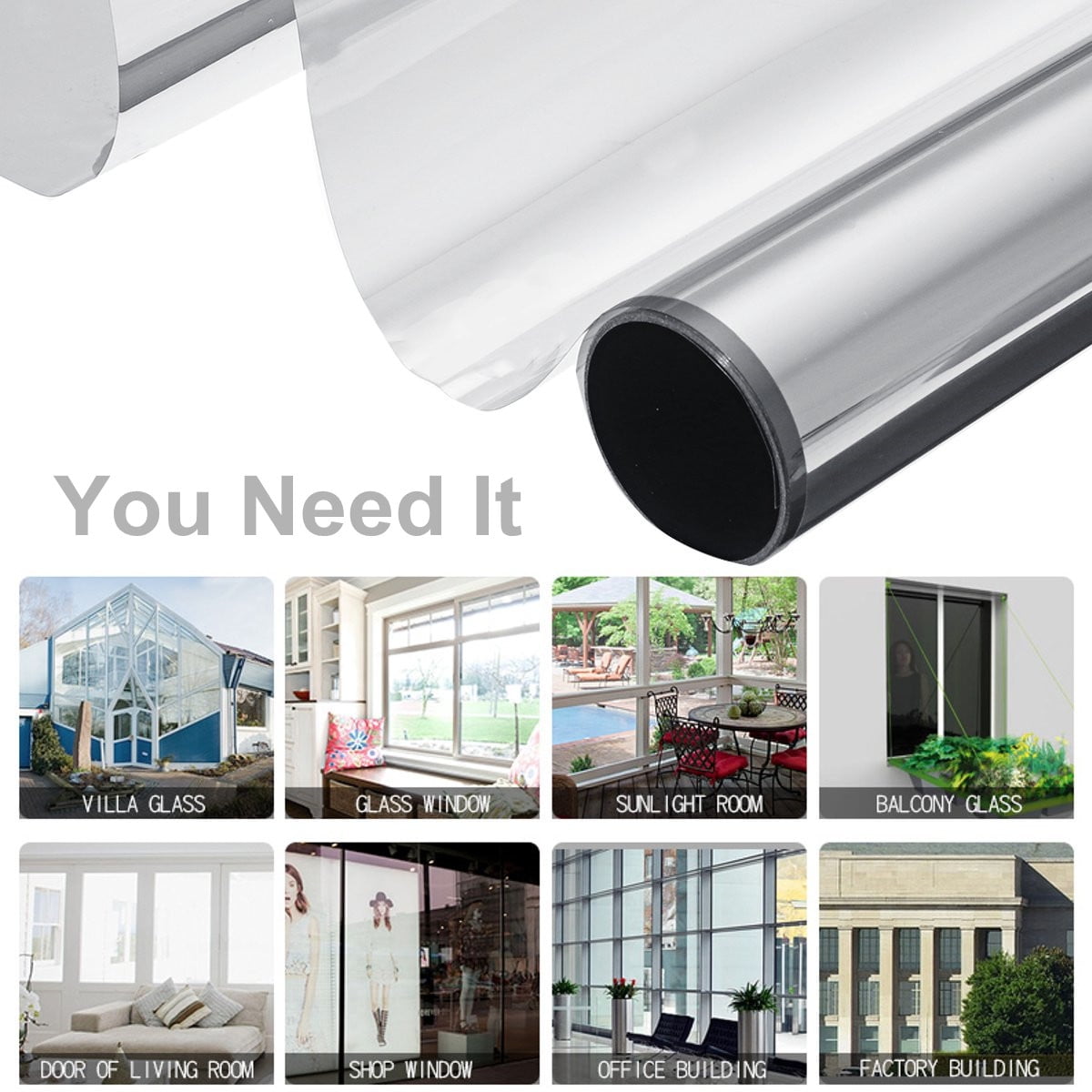
Alarm contacts, however, should be removed before applying film, but should not be done by the window film installer.

Film can be installed over such an irregular surface, but customers should be advised that the installation will not be tip quality. Tape is usually only slightly raised above the surface of the glass. More highly raised stickers should be scraped off.īurglar tape and alarm contacts are also found on windows. However, this will create a poorer bond on the decal than on the glass. If they are not highly raised above the glass, window film can be applied over them.
TINTED WINDOW CLINGS PROFESSIONAL
Your window tinting professional should discuss the potential problems with you and determine what to do with any decals. Depending on the circumstances, these might have to be removed. Many windows, especially those on storefronts, have stickers, decals, burglar tape, and other such items on the glass. Best of all these films save energy, reduce ultraviolet transmissions, increase interior comfort and give a contemporary appearance to a building or home. Today’s high-tech films provide impressive performance without absorbing excessive amounts of solar energy. Thanks to the technological and manufacturing advances used in today’s window films, it is no longer necessary to purchase very dark films to achieve significant solar energy rejection performance. Unfortunately, dark reflective films typically have high absorption ratings which can increase the risk of glass breakage and seal failure. In the past, dark or highly reflective films were very popular and used to attain maximum solar energy rejection performance. To do this, it is helpful to know how glass reflects, absorbs and transmits solar radiation and how its ability to reject solar radiation will change when a window film is installed. To avoid problems, you must select the correct window film for your glass. This is typically caused by partial shading of the window. Additionally, thermal stress fracture can result from uneven temperature distribution across the surface of a glass plate. The result can be extreme thermal expansion and stress, which can cause glass breakage or seal failure in an insulated glass (IG) unit. Some window films can cause excessive solar energy absorption in certain kinds of glass. Because window films are usually installed on the inside surface of the glass, increased amounts of solar radiation will be absorbed as it passes back and forth through the glass. Glass with film has an increased ability to reflect and absorb solar radiation. The sun naturally warms the glass as its powerful energy passes through. When glass is subjected to the effects of solar radiation, the normal and immediate result is the increase in the temperature. By increasing the amount of solar radiation absorbed and reflected by the glass, less solar energy can enter the building. Window films reduce the transmission of damaging and harmful solar radiation. Breakage is usually the result of flaws, imperfections, or expansion restraints that existed in the glass or window framing prior to the installation of the window film. In most cases, when breakage is reported, the film installation was not the sole cause for the failure. Industry wide, glass breakage caused by window film occurs in approximately 1/10 of 1% of all installations. When deciding to purchase window film for your home or office, the subject of glass breakage may come up. This damage would not be covered by warranty. Attempting to pierce a water puddle in an effort to drain moisture will damage your film. This water and cloudy look will eventually dissipate. Do not attempt to pierce a water puddle during the dry-out period. Trapped installation moisture can cause small water puddles and/or a slightly cloudy look. During the installation process, your window tinting installer will remove as much of the mounting solution as possible by using a squeegee, although a small amount will remain. Window film creates an efficient vapor barrier between the glass and the film. Dry-out times can vary from a few days to as long as several months. Thicker films and a less than perfect drying climate will lengthen the dry-out period. Some safety and security window films will always have a longer dry- out period due to their increased thickness. The trapped moisture will dry-out completely. If slow drying occurs, do not be alarmed.


Warm weather and direct sun light exposure will shorten the dry-out time. Cold and non-sunny weather conditions can lengthen the dry-out time. One aspect to consider when talking about the drying time of window film is the time of year.


 0 kommentar(er)
0 kommentar(er)
